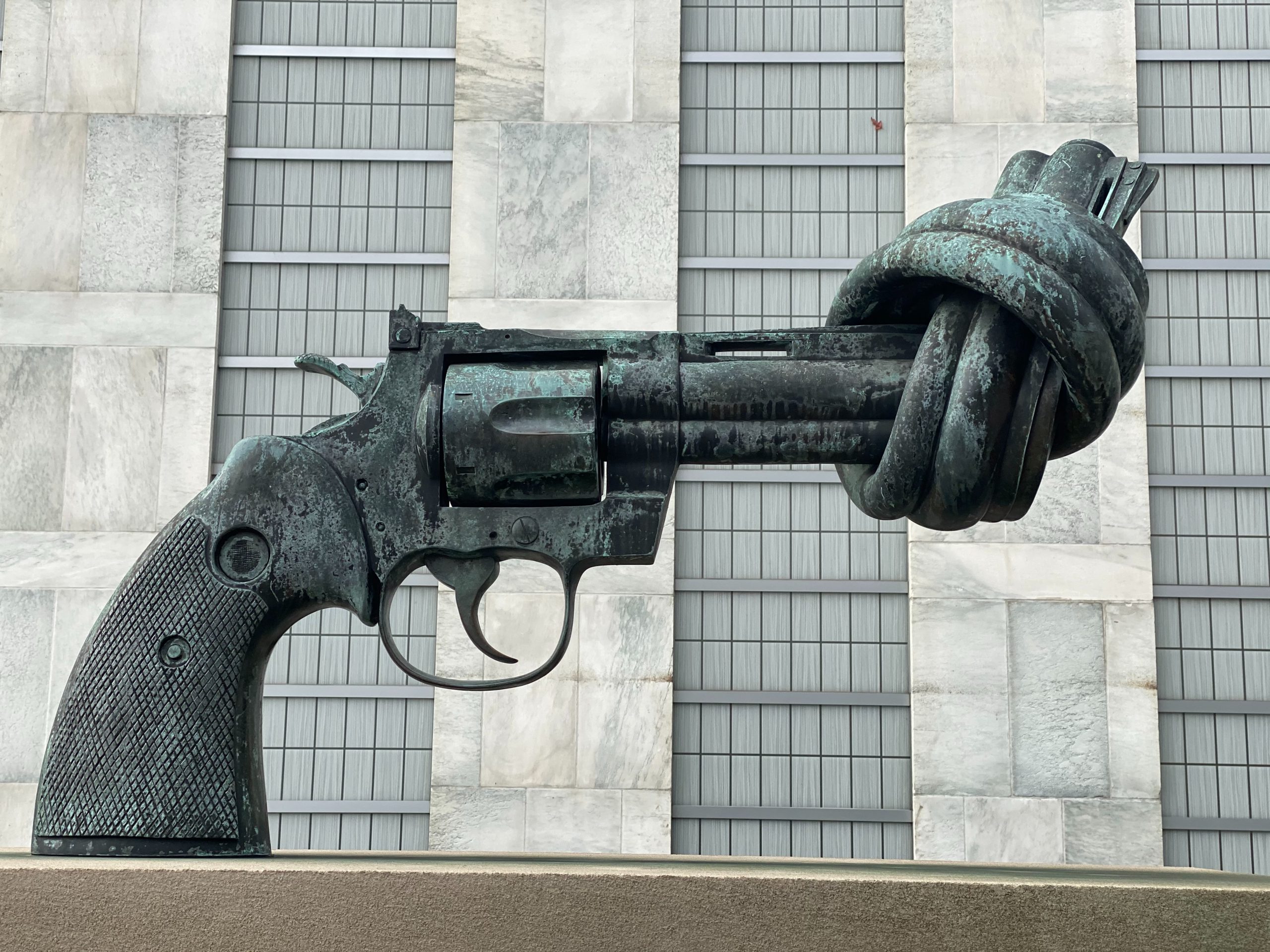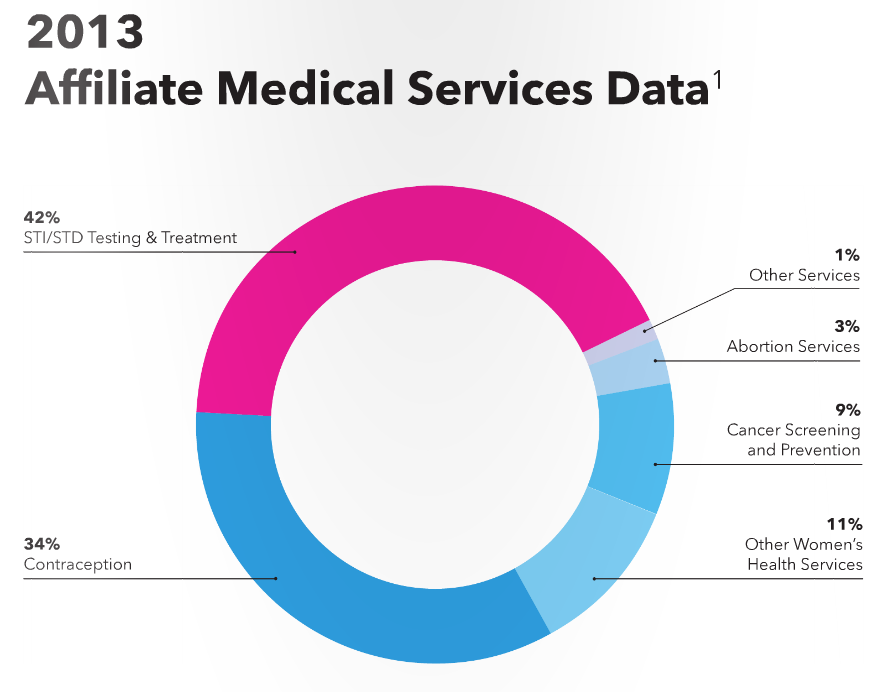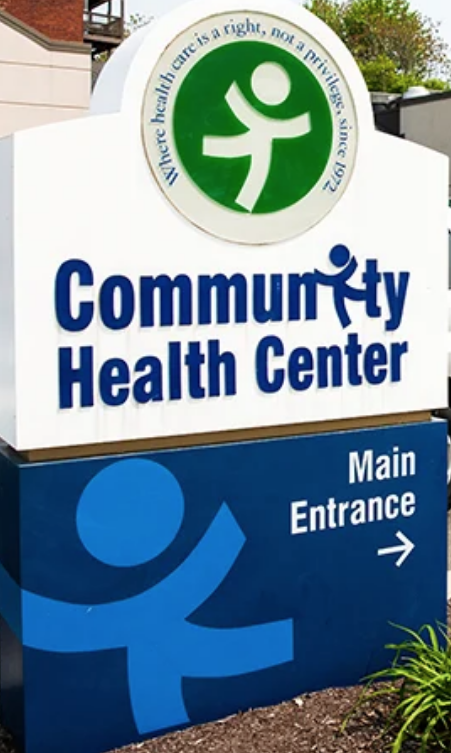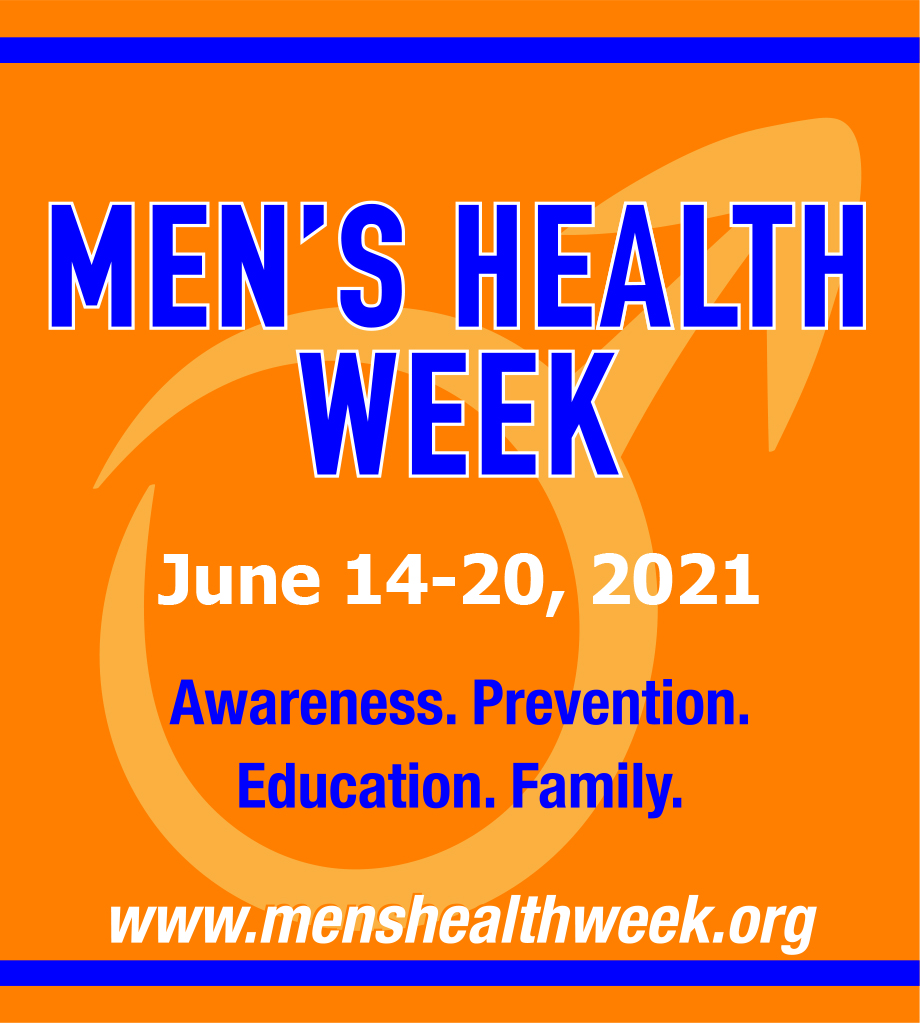Last Updated on June 9, 2021
In 2020, there were 19,402 people killed with guns in the United States — not including 24,156 suicides. This is an increase of 25% more homicide victims killed with guns than the previous year and is the highest death toll since gun mortality data was first recorded in 1979. Mass shootings, incidents where four or more people are shot, increased nearly 50% year over year.
Gun violence is a public health crisis in the United States. The price of lives lost and the consequences for the victims’ loved ones and communities is truly immeasurable. The economic cost, however, can be measured: $229 billion every year; $12.8 million every day. These costs include medical treatment, long-term medical and disability expenses, mental health care, emergency services, legal fees, long-term prison costs, police investigations, and security enhancements. Even students and teachers who participate in active shooter drills can experience profound mental or emotional distress.
Gun violence is a unique problem to the United States among nations not in open warfare or deeply corrupted by criminal organizations. There are those that blame gun violence on depictions in movies or video games despite these same forms of media being available throughout the developed world. The U.S. consists of less than 5% of the world’s population, though has roughly 45% of the civilian-owned guns on Earth. When comparing crime on a whole, the United States has an average amount compared to similar countries — the only outlier in U.S. crime is gun violence.
Gun violence in the United States often includes police violence. Every year law enforcement in America shoot and kill more than 1,000 people, with Black people nearly three times more likely to be shot and killed by police than white people. In addition to the loss of life and trauma for survivors, police shootings have a uniquely corrosive impact on the nation: patterns of state-sanctioned gun violence and response to proceeding protests significantly reduce public confidence in police. The fear sown by these shootings makes communities less safe with law enforcement unable to do its part in preventing violent crime without the trust of the community they serve.
Before 1996, the Centers for Disease Control and Prevention (CDC) was charged with researching gun violence much in the way that the CDC researched deaths from car crashes and the life-saving effects of seatbelts and child car seats. Following a 1993 study that connected gun ownership with a higher risk of being the victim of a homicide by a family member or intimate acquaintance, the National Rifle Association (NRA) responded by lobbying to eliminate the CDC’s budget. Instead of explicitly cutting funding, the 1996 federal budget included an amendment forbidding the CDC from “advocating or promoting gun control” — effectively silencing any research that could be misconstrued as taking a partisan position. The CDC still ranks gun violence as a leading cause of death in the United States.
Since 2018, the CDC has regarded its information about gun injuries “unstable or potentially incorrect” by their own standards. Independent researchers have found Americans are more likely to die by an assault with a firearm than riding inside an automobile, and only marginally more likely to die from an accidental gunshot as opposed to being the victim of a mass shooting. Any death by firearm is more likely in the U.S. than the combined risks of drowning, fire and smoke, stabbing, choking on food, airplane crashes, animal attacks, and natural disasters including hurricanes, tornadoes, earthquakes, floods, or lightning strikes. Children in the U.S. are twice as likely to be killed with a gun than to die from cancer.
Even with quarantines and lockdowns in effect, COVID-19 has had no effect on reducing gun violence in the United States. Despite fewer crowded venues, the U.S. had nearly 200 more mass shootings in 2020 than the previous year. Americans are still confronting gunfire in their homes during the pandemic including domestic violence incidents, injuries from improperly stored firearms, police violence, and suicide. Gun violence has even sparked over consumers feeling their rights are violated by businesses enforcing social distancing measures such as masks. As nerves run high across the country, many Americans have stocked up on firearms including a rise in first-time gun owners.
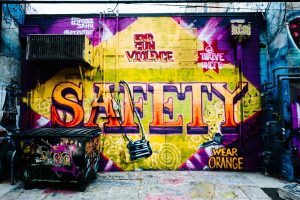 Gun violence is preventable, but requires a comprehensive public health approach to keep families and communities safe. Research can garner insight into the causes of gun violence and assess the impact of interventions; identify risk factors associated with gun violence and protective factors that protect against it; develop, implement, and evaluate interventions to reduce risk factors; and institutionalize successful prevention strategies. Curbing police violence and the disproportionate impact it has on communities of color likewise requires confronting the history of racism and structural inequity, reimagining the role of law enforcement in protecting public health, and implementing policies that reduce police gun violence. Doctors advocate for the use of empirical nonpartisan data to ground policy instead of rhetoric.
Gun violence is preventable, but requires a comprehensive public health approach to keep families and communities safe. Research can garner insight into the causes of gun violence and assess the impact of interventions; identify risk factors associated with gun violence and protective factors that protect against it; develop, implement, and evaluate interventions to reduce risk factors; and institutionalize successful prevention strategies. Curbing police violence and the disproportionate impact it has on communities of color likewise requires confronting the history of racism and structural inequity, reimagining the role of law enforcement in protecting public health, and implementing policies that reduce police gun violence. Doctors advocate for the use of empirical nonpartisan data to ground policy instead of rhetoric.
The debate on gun rights in the United States is fraught with complexities and opposing viewpoints. NeedyMeds is a diverse office with people of varying backgrounds and views; however, NeedyMeds does support the open and effective research into gun violence, transparency in events of police violence, and for reforms to be made in the interest of public health. Without research and transparency, any governmental proposals to fix or prevent the gun violence crisis in the U.S. could be formed by baseless conjecture or discouraged altogether.
NeedyMeds encourages Americans to be active in the legislative process: If you have an opinion on important public health issues in the United States, call 202-224-3121 to reach the U.S. Capitol switchboard; from there you can be connected to your elected Congressional Representative or Senator’s office. You can find information for your local and state elected officials by searching online.
For those who have been the victim of a violent crime in the United States, there are victim compensation programs in all 50 states and Washington, D.C. These programs help victims of rape, assault, child sexual abuse, drunk driving, domestic abuse, as well as families of homicide victims. Compensation programs can cover medical bills, mental health treatment, and often includes crime-scene cleanup, travel costs to receive treatment, moving expenses, or even the cost of housekeeping or child care if the victim is unable to do so. The programs are often flexible with their eligibility, though most require reporting the crime to police within a specified time frame and cooperating with the investigation. You can find NeedyMeds’ listings for the crime victim compensation programs in our Diagnosis-Based Assistance Database under Violent Crimes. For more help finding information, call our toll-free helpline Monday-Friday 9am-5pm Eastern Time at 1-800-503-6897.

